"Long Term Gain or Short Term Profit" addresses some of the same issues as this piece does. That article was becoming unwieldy because of its potential length. Size does matter. I decided to break it in half, in order to discuss different aspects of the same issue. I didn't want all my readers fleeing in mind-numbing terror, stumbling over one another in horrified panic as they attempted escape from The Article That Grew Too Big, like New Yorker's in Ghostbusters scrambling to evade being crushed by the tred of the gigantic Stay-Puft Marshmallow Man. But I digress.
A realcent forum member recently asked "is it worth it to sort pre-1982 copper pennies." He was referring to the fact that those pennies are 95% copper, 5% zinc, making them a good way to play copper as a commodity. Those members know that the massive wave of money creation, more than doubling the amount of currency, will inevitably result in the advent of hyperinflation. People have begun to recognize that the dollar has lost 96% of its purchasing power since the creation of the FED in 1913. So they've begun to take steps to defend themselves. Some are amassing copper.
These pre-1982 Lincoln cents are just one example of a coin with an intrinsic worth greater than their face value. A quick Internet trip to Coinflation.com will reveal that the latest "melt" value (caveat - there is a current melt ban in place, legislated in 2006) is about 2.25 times its face value. The magnitude of valuation fluctuations is correlated to the volatility experienced by copper. Such pricing movements are exacerbated by speculation; large hedge funds can affect market direction at times. In other words, prices rise and fall, based on short term supply and demand factors.
There are a growing number of individuals who recognize this trend, and are taking action. I, for one, don't consider buying silver and gold, and saving copper, as "investing." It does represent the potential for a healthy return on your money, but that isn't my primary motivation. I am saving my money, in the safest form possible. I don't trust the dollar to that task, ergo my reliance upon precious and base metals. And there's an easy way to do that, one that offers a distinct advantage under certain scenarios. Simply begin to accumulate coins minted by the United States Mint.
In the twentieth century, modern architecture and industrial design developed a principle that "form follows function." This concept suggests that the configuration of a structure should be based primarily upon its intended purpose. Let's flip that maxim 180 degrees. You'd like to ensure that your savings are secure, and are growing commensurate with inflation. So, doesn't it make sense to avail yourself of the means most ideally suited to do so? Function follows form. The Mint has already fabricated all the coins you'll ever require to perform these tasks. All you need to do is obtain them.
Some doom and gloom analysts are increasingly predicting that a financial "End of the World as we know it" meltdown is to be our outcome. If that were to happen, then coins produced by our own Mint facilities would offer the boon of instant recognition by our compatriots. If you needed to purchase items, rather than barter, it would be alot easier to conduct a transaction with coins of acknowledged provenance and trusted weights and measures. Wouldn't you rather accept a handful of copper pennies and a few nickels for a pouch of tobacco, instead of a length of copper tubing, or a minute flake of gold?
Although the calculated value of the intrinsic worth of the copper cent, as provided by Coinflation, exceeds face value by a considerable margin, that price does not reflect current secondary market purchasing prices. Due to the melt ban, there is a speculative element of risk engaged by those willing to purchase copper cents at this time. Are those prescient individuals emboldened to do so, because they know that 2 A.M. is swiftly drawing near? At which time they expect a drunken Fiat McDollar will stagger forth stupefied from The Lucky Shamrock Tavern, and promptly proceed to pitch face first into the gutter?
So perhaps the question would be better worded not as "is it worth it to save copper pennies?" But rephrased with similar intent, "is it worth your wait in copper?" To tolerantly endure until the eventual price rise makes your patience worthwhile? One day, such perserverance will be lucrative, but how long do you need to wait for that payoff? That requires us to crunch some numbers. To formulate an answer to that question involves consideration of a number of variables. What are cents worth now? How much trouble is it to obtain them? What is your time worth?
We've already covered the current worth of these cents. Let's move on and examine how much effort is expended in accumulating them. Presently, you will encounter a mixed ratio of copper to zinc cents that varies considerably dependent upon what part of the country you are sorting in. Understand that this is a subjective estimate, but from what is reported by forum members those numbers range from about eighteen percent to as high as thirty percent "good" pennies to "bad." Gresham's Law again. Keep the copper, put the zinc back into circulation.
Regional pockets might experience numbers outside these parameters, but they most likely would be anomalies. Within small communities with high unemployment, for instance, it might be the case that individuals afflicted by hardship would part with coin collections, or cash in their "rainy day" savings. The pennies that languished for years in large five gallon plastic water bottles, intended for the Disneyland trip that never materialized, might be returned to circulation and impel an artificially high percentage within that immediate environs.
Likewise, should an enterprising individual with dollar signs in his eyes set up shop to "corner the market" on copper cents by running a penny processing center replete with multiple Ryedale coin sorting machines, the percentages within his domain might plummet. If someone were to hoard copper by the ton, they might vacuum up all the cents in their bailiwick. Their own efficiency would work to their detriment, with the result that they would need to range further and further afield to acquire new source banks with richer copper deposits.
As far as percentages are concerned, where are we now, and where are we headed? The longer you wait to begin sorting, the harder it will become to accumulate a fixed number of cents. More players are entering the game, and the rules are changing with each year. What used to be a hobby for coin collectors is becoming the purview of quasi-farmers attempting to grow base metal profits. The quicker they can sort the wheat from the chaff, the greater their crop yields. God forbid that Case, John Deere, or Kubota should ever produce an industrial grade penny harvester. The percentages would fall like scythed fields of grain.
Approximately 171,000,000,000 Lincoln Memorial pennies were minted between 1959 to 1982. Let's assume that there are as many as one billion wheaties - minted between 1909 and 1958 - still circulating in the mix. That's a very generous assumption, the real number is probably far lower. So, initially there might have been as many as 172,000,000,000 copper pennies circulating as 1982 began. The United States Mint estimates that coins should last thirty years, on average, depending on the degree of their utilization. More frequent use will result in faster wear.
Although I have yet to see a penny that has eroded so badly that you would fail to recognize it, this undoubtedly occurs. As well, pennies are crushed, abraded by tires where the rubber meets the road, lost in landfills and at sea, and squashed by penny elongators. Corrosion can take its toll. So attenuation occurs, and the ranks of existing cents are constantly thinning. Only the fabrication of new zinc cents keeps the number stable. In 1982, therefore, the percentage of copper cents a sorter would have encountered would have been 100 percent. How rapidly is this changing?
In late October of 1982, the Mint changed the composition of the cent to reduce expenses. Since that time, not counting the proof cents issued by the San Francisco Mint, there have been (through 2006) approximately 254,000,000,000 newly-created zinc pennies. If we assume that, on average, about one fourth of our pocket change will be copper, then that leads in some interesting directions. If my math is correct, this leads me to conclude that as of early 2007, there were approximately 317,500,000,000 total pennies in circulation.
I don't have mintage figures available, so let's add the average of the zinc cents produced yearly to arrive at a current census. With the exception of 2009, when production of the new commemorative Lincoln cents was limited to roughly 1.3 billion coins, prior years averaged 5.3 billion. So add 2007 (5.3), 2008 (5.3), and 2009 (1.3) to the total for zinc cents. Now divide that number by four and multiply it by five, for an approximate current total as we begin 2010 of 329,375,000,000 pennies in circulation. Isn't it reasonable to conclude that alot of these older cents will disappear each year due to the aforementioned causes?
Let's arbitrarily assign an attrition rate of 2 billion and append another 3 billion for hoarding. This is conjecture, but let's play with it. This means that of the original 172,000,000,000 pennies circulating in 1982, only 66.475 billion now remain. About 61.13% of the copper cents circulating in 1982 have disappeared due to one cause or another! The existing pool of copper pennies is being diluted, more and more, with the passage of time. Add 5.3 billion zincs, subtract 5 billion coppers, annually. The percentages encountered are constrained to drop.
This will continue, year after year, so long as more zinc pennies join the fray. Even if no one is sorting and hoarding them, the percentages will fall. It's nice to make a grand entrance, but if you wait too long, this party will be over. So we start with 25 percent. Let me get out the abacus to double check my numbers. By 2011, 22.67 percent. By 2012, 20.42 percent. The numbers worsen the longer you procrastinate. As a burgeoning groundswell of copper harvestors toil over their crops, their yield would increase as well, accelerating the take-off of copper cents. Should that happen, it's possible the Mint would increase the production of zinc pennies to offset the loss. The numbers would drop ever faster. Scarcity will generate higher prices.
So, your opportunity of encountering a healthy percentage of coins to sort from circulation is diminishing each year that you wait. Each month. Each week. Each day that you delay. Perhaps only infinitesmally, but the longer you wait to start hoarding copper, the more it works to your disadvantage. That's only one component of the question. What happens with the price variable as you wait? Since the price of commodities -priced in dollars - moves up when the value of the dollar diminishes, then one need only approximate the velocity with which the dollar is depreciating to approximate the nominal increasing value of commodities in coming years.
John Williams at ShadowStats.com has tracked the original Consumer Price Index, the one which purported to accurately portray pricing increases on a basket of goods utilized by average households. He has kept track of the calculations since the Bureau of Labor began subverting their own numbers and figures that true inflation is at least 7 percent a year. With the tsunami of money created by the FED threatening to inundate us with hyperinflation, I think we will look back at the days when inflation was only seven percent as "the good ole days." At a minimum, your cents that are worth 2.25 today will be worth 2.4 next year, and 2.57 the following. But I think things will heat up much more rapidly.
If you decide then - to sort and save, hang on to your cache, and not cash in yet - would it be worth your wait in copper? Copper climbed 140 percent last year to crest the summit of Mount Profit, leaving his precious metals elders far behind, tiny specks wheezing up the trail blazed by their base metal cousin. With hyperinflation imminent, and a corresponding avalanche of cascading dollar depreciation a very real prospect, the percentage gains of real money will be much greater than a paltry 140 percent. Whether copper continues to outperform silver and gold or not, history guarantees that it will be worth your wait in copper.
Buy Silver. Buy Gold. Save Copper. Start Now.
Saturday, January 9, 2010
Subscribe to:
Post Comments (Atom)



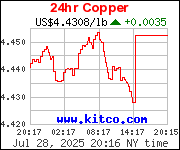


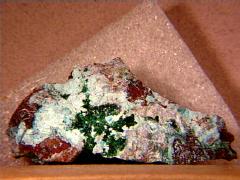

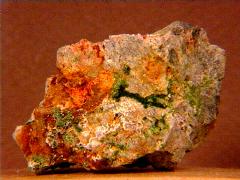
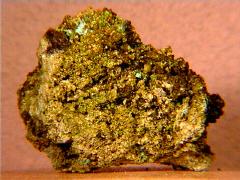
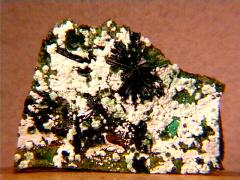
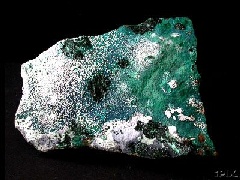


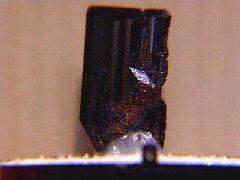
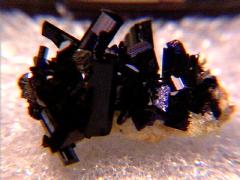
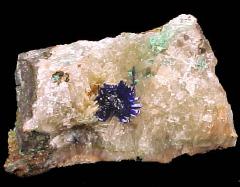









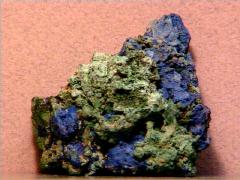

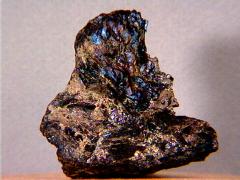




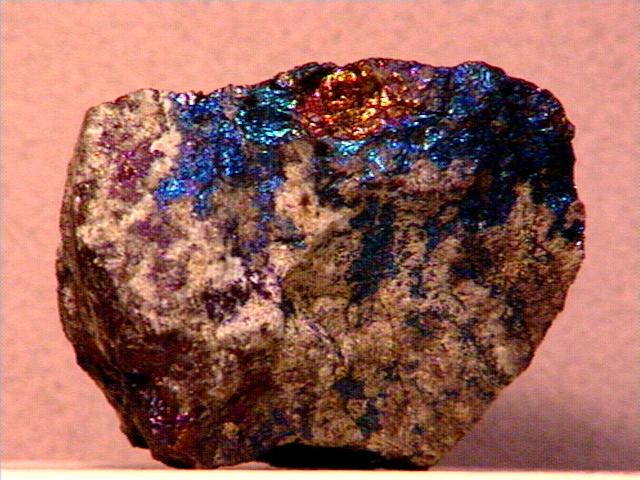


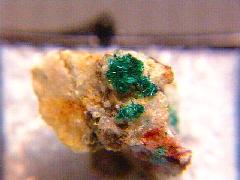
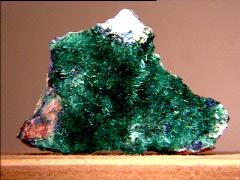






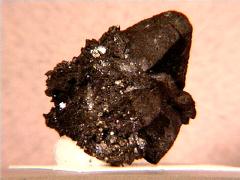
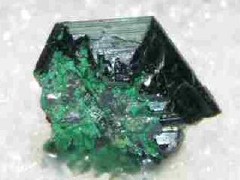
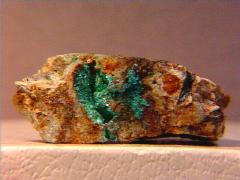

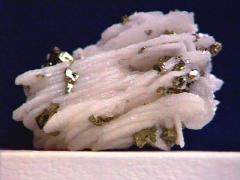
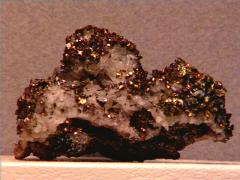

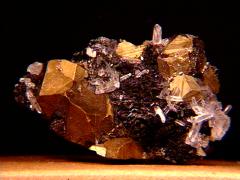
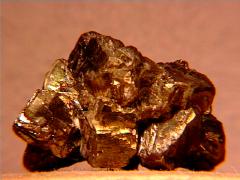




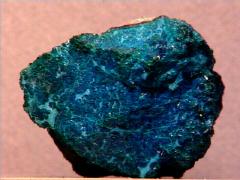
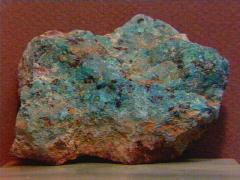


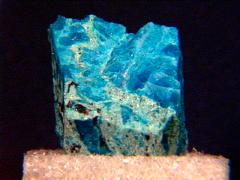
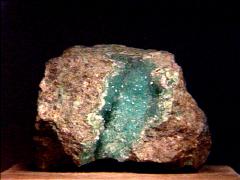
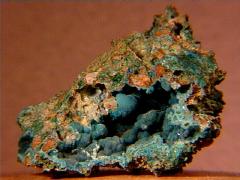
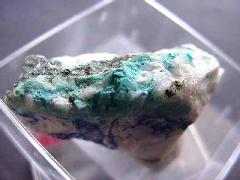
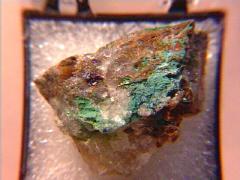
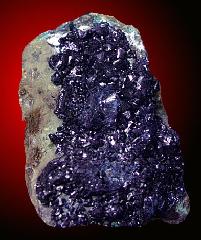
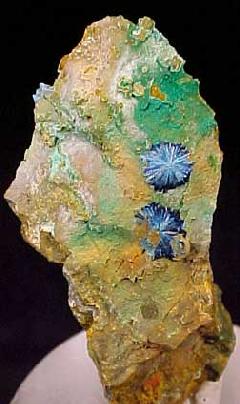
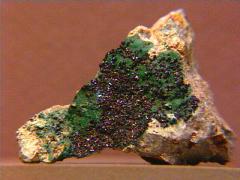

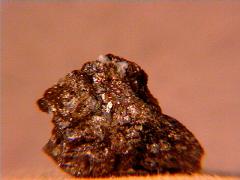
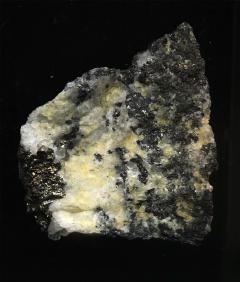






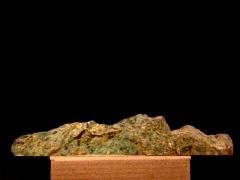



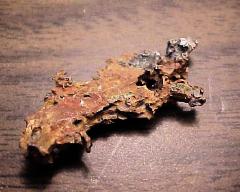
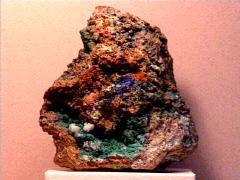


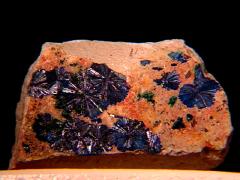
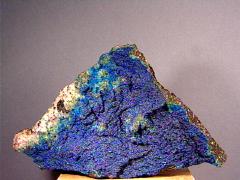

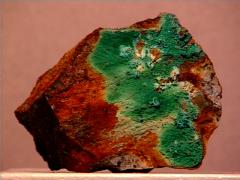


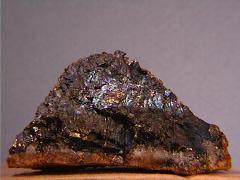
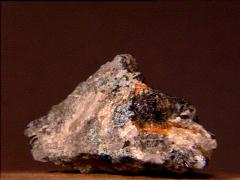


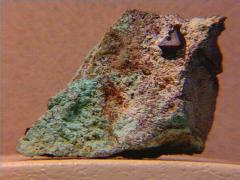


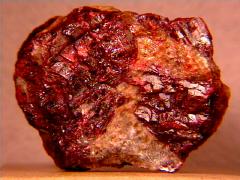
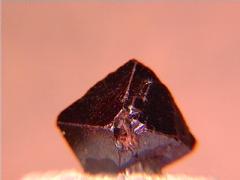

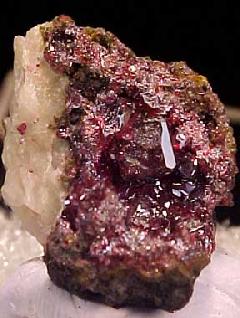


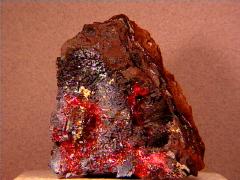


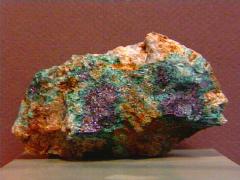

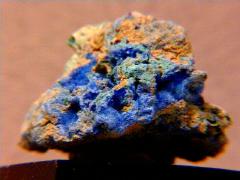

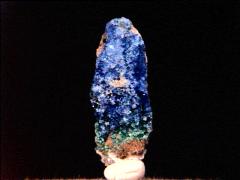




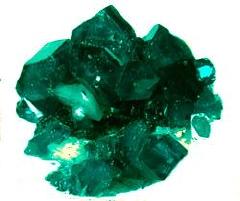



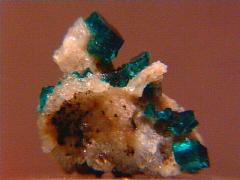








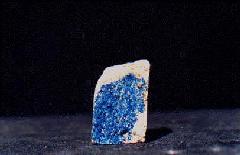


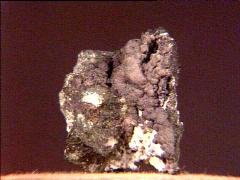
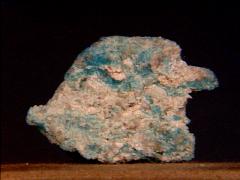
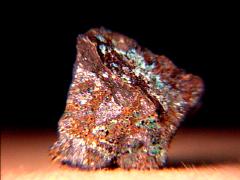





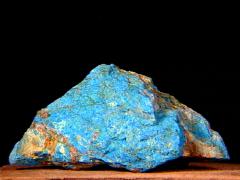

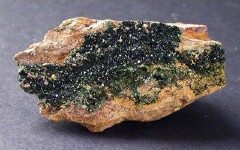


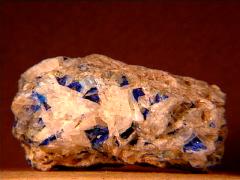
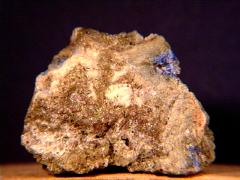


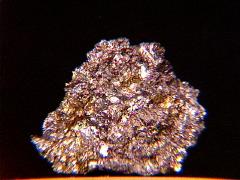
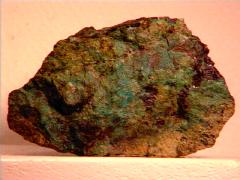
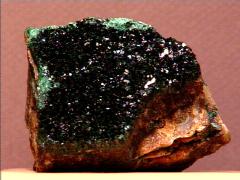
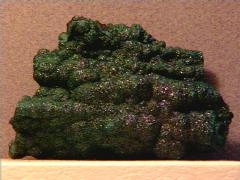




No comments:
Post a Comment